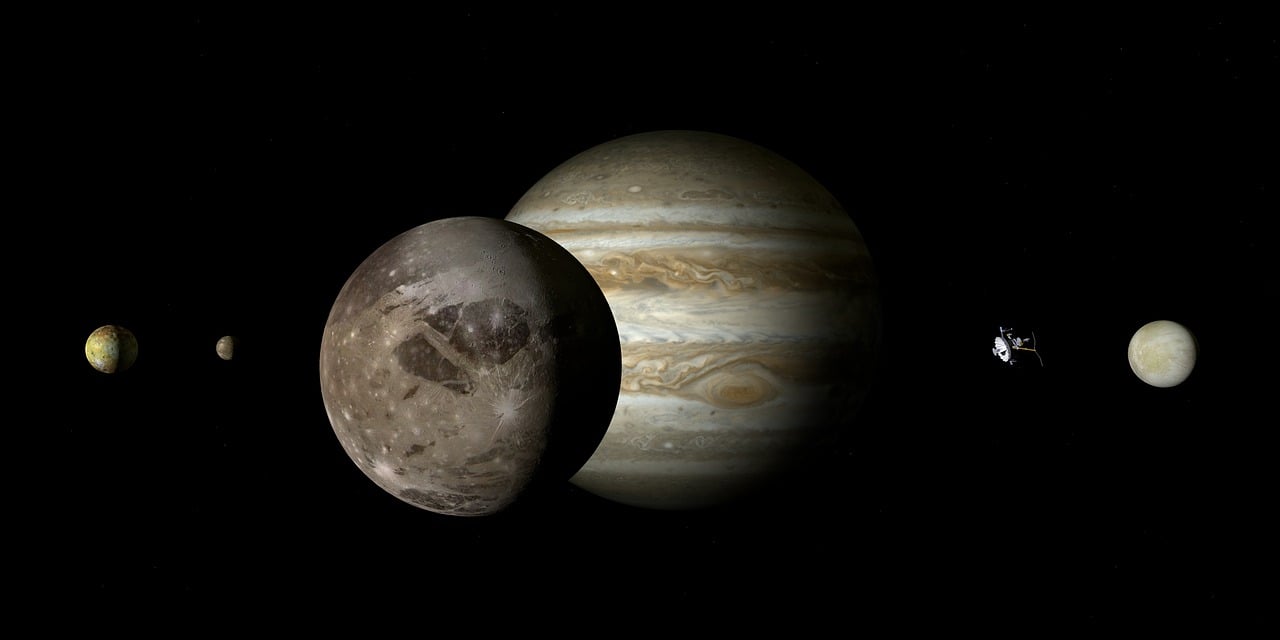An international team of scientists have discovered an unusual Jupiter-sized planet orbiting a low-mass star called TOI-4860, located in the Corvus constellation.
The newly discovered gas giant, named TOI-4860 b, is an unusual planet for two reasons: stars of such low mass are not expected to host planets like Jupiter, and the planet appears to be particularly enriched by heavy elements.
The study, led by University of Birmingham astronomers, is published in a letter published within the Monthly Notices of the Royal Astronomical Society.
The planet was initially identified using NASA's Transiting Exoplanet Survey Satellite as a drop of brightness while transiting in front of its host star, but that data alone was insufficient to confirm that it was a planet.
The team used the SPECULOOS South Observatory, located in the Atacama Desert in Chile, to measure the planetary signal in several wavelengths and validated the planetary nature. The astronomers also observed the planet just before and after it disappeared behind its host star, noticing that there was no change in light, meaning the planet was not emitting any. Finally, the team collaborated with a Japanese group using the Subaru Telescope in Hawai'i. Together they measured the mass of the planet to fully confirm it.
Following this star and confirming its planet was the initiative of a group of PhD students within the SPECULOOS project.
Since planets are created from that disc, high-mass planets like Jupiter, were widely expected not to form. However, we were curious about this and wanted to check planetary candidates to see if it was possible. TOI-4860 is our first confirmation and also the lowest mass star hosting such a high mass planet.
A hint of what might have happened is hidden in the planetary properties, which appear particularly enriched in heavy elements. We have detected something similar in the host star too, so it is likely that an abundance of heavy elements catalysed the planet formation process.
The new gas giant takes about 1.52 days to complete a full orbit around its host star, but because its host is a cold low mass star, the planet itself can be referred to as a 'Warm Jupiter'. This is a subclass of planet that holds particular interest for astronomers looking to build on their initial observations and learn more about how these kinds of planets are formed.
